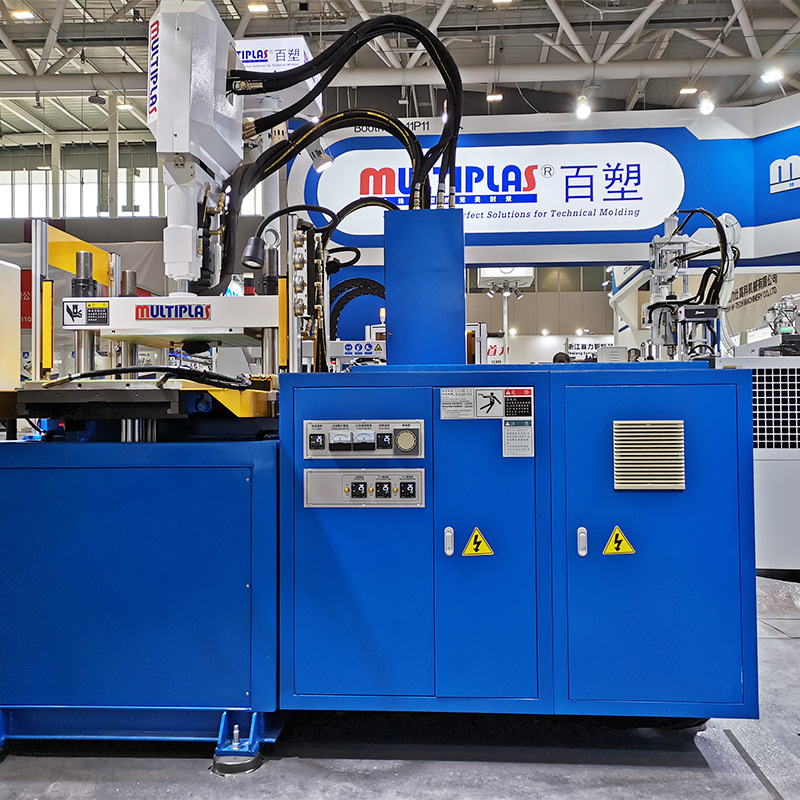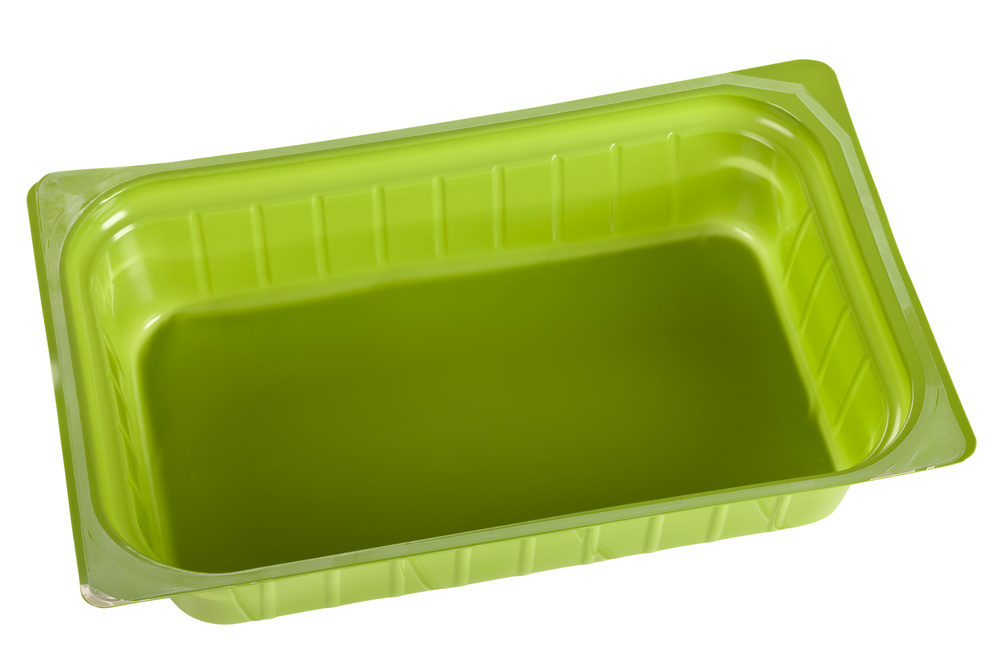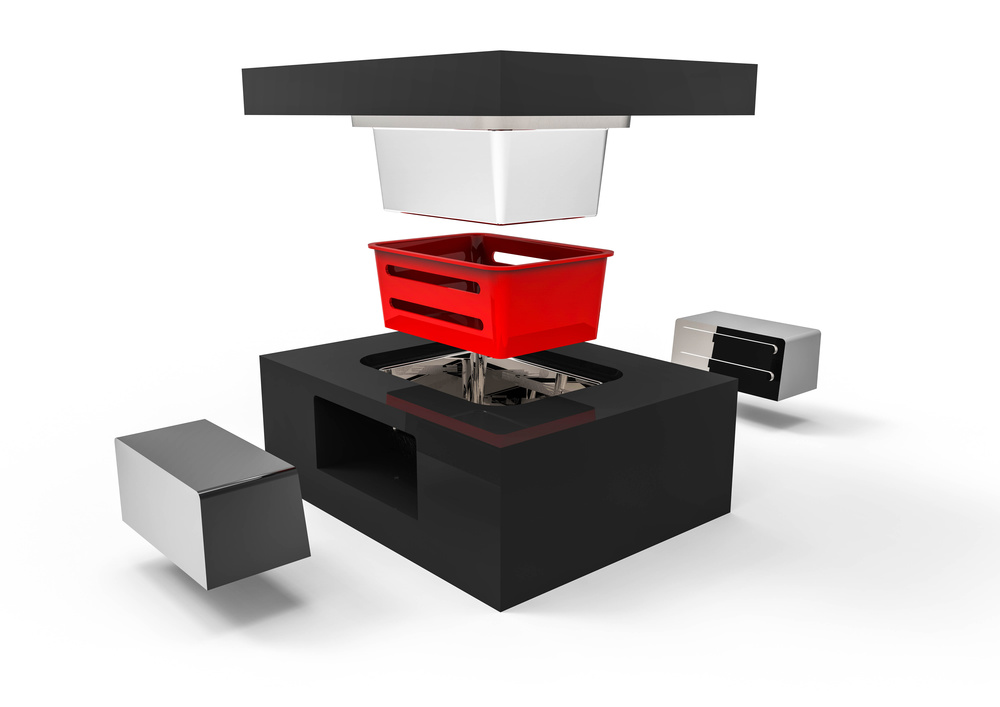
Advanced Injection injection molding equipment
Precision-engineered solutions for high-volume production of complex plastic components
Global Market for plastic injection molding equipment
The global injection for plastic injection molding equipment is experiencing steady growth, driven by increasing demand from automotive, packaging, and medical industries worldwide.
Market Size
$12.3 Billion
Global market size in 2024
Growth Rate
4.42%
CAGR from 2025 to 2033
Asia Market Share
65%
Regional production capacity
Smart Machines
51%
Global智能化率 in 2025
Global Plastic Injection Molding Equipment Market (2024-2033)
Advanced plastic injection molding equipment Technology
Our cutting-edge plastic injection molding equipment combines precision engineering with intelligent controls to deliver exceptional performance and reliability.

Key Components of Modern plastic injection molding equipment
-
High-Precision Injection Unit
Equipped with servo motor drives for precise control of injection speed and pressure, ensuring consistent part quality.
-
Clamping System
Robust clamping units with advanced toggle mechanisms provide high clamping force while maintaining energy efficiency.
-
Temperature Control
Precise zone temperature control systems ensure optimal melt quality and part consistency.
-
Intelligent Control System
Industry 4.0-ready control systems with touchscreen interfaces, remote monitoring, and predictive maintenance capabilities.
plastic injection molding equipment Technical Specifications
| Model | Clamping Force | Injection Capacity | Max Injection Pressure | Injection Speed | Energy Consumption |
|---|---|---|---|---|---|
| PIE-120 | 1200 kN | 200 cm³ | 200 MPa | 200 mm/s | 45 kWh/100kg |
| PIE-250 | 2500 kN | 500 cm³ | 180 MPa | 250 mm/s | 40 kWh/100kg |
| PIE-500 | 5000 kN | 1200 cm³ | 160 MPa | 300 mm/s | 38 kWh/100kg |
| PIE-1000 | 10,000 kN | 3000 cm³ | 140 MPa | 350 mm/s | 35 kWh/100kg |
| PIE-2000 | 20,000 kN | 8000 cm³ | 120 MPa | 400 mm/s | 32 kWh/100kg |
plastic injection molding equipment Technology Comparison
The Plastic Injection Molding Process
Our state-of-the-art plastic injection injection molding equipment follows a precise, automated process to produce high-quality, consistent plastic components.
1. Material Preparation
Plastic pellets are carefully selected based on the application requirements. These pellets are fed into the plastic injection molding equipment hopper, where they are dried and prepared for processing.
2. Melting & Injection
The plastic pellets are heated to a molten state in the barrel of the plastic injection molding equipment. The molten plastic is then injected into the mold cavity at high pressure and speed.
3. Clamping & Cooling
The mold remains clamped shut under high pressure while the molten plastic cools and solidifies. The cooling system in our plastic injection molding equipment ensures uniform cooling for consistent part quality.
4. Mold Opening & Ejection
Once the plastic has solidified, the mold opens, and the finished part is ejected. Our plastic injection molding equipment features precision ejection systems to minimize part damage and ensure smooth operation.
5. Quality Inspection
Each part is inspected for quality using advanced sensors integrated into our plastic injection molding equipment. This ensures that only parts meeting strict quality standards proceed to the next stage.
6. Repeat Cycle
The process repeats continuously, with our high-performance plastic injection molding equipment capable of achieving cycle times as low as 59.8 seconds for certain applications, maximizing production efficiency.
Process Efficiency
Our advanced plastic injection molding equipment incorporates several efficiency-enhancing features:
- High-speed injection systems for reduced cycle times
- Energy-efficient servo motors that reduce power consumption by up to 30%
- Quick-change mold systems for reduced downtime between production runs
- Automated material handling systems for continuous operation
- Predictive maintenance systems that minimize unexpected downtime

Applications of plastic injection molding equipment
Our versatile plastic injection molding equipment serves a wide range of industries, providing tailored solutions for diverse manufacturing needs.

Automotive Industry
Our plastic injection molding equipment produces high-precision components for automotive applications, including interior parts, exterior components, and under-the-hood parts.

Medical Industry
Our precision plastic injection molding equipment meets the stringent requirements of the medical industry, producing components for medical devices, diagnostic equipment, and packaging.

Packaging Industry
Our high-speed plastic injection molding equipment is ideal for producing packaging components, including caps, closures, containers, and thin-walled packaging.

Electronics Industry
Our precision plastic injection molding equipment produces components for the electronics industry, including housings, connectors, and internal components for various devices.

Consumer Goods
Our versatile plastic injection molding equipment produces a wide range of consumer goods, from household items to toys and personal care products.

Aerospace Industry
Our high-precision plastic injection molding equipment meets the demanding requirements of the aerospace industry, producing lightweight, high-strength components.
Materials Compatible with Our plastic injection molding equipment
Our plastic injection molding equipment is designed to work with a wide range of thermoplastic materials, providing flexibility for various applications.
| Material | Properties | Applications | Processing Temperature |
|---|---|---|---|
| ABS | High impact resistance, good heat resistance, excellent moldability | Automotive parts, consumer electronics, toys | 220-280°C |
| PP | Lightweight, chemical resistant, good fatigue resistance | Packaging, automotive components, household goods | 180-240°C |
| PE | Excellent chemical resistance, low friction, good impact strength | Containers, pipes, toys, packaging | 160-220°C |
| PC | High impact strength, excellent transparency, heat resistant | Electronics, automotive lighting, medical devices | 280-320°C |
| PA (Nylon) | High mechanical strength, good chemical resistance, wear resistant | Gears, bearings, automotive components, electrical parts | 240-300°C |
| POM | Low friction, high stiffness, good dimensional stability | Gears, bearings, precision parts, automotive components | 180-220°C |
| PVC | Good chemical resistance, flame retardant, low cost | Pipes, fittings, profiles, packaging | 160-200°C |
| PEEK | High temperature resistance, excellent mechanical properties | Aerospace components, medical implants, high-performance parts | 360-400°C |
Material Selection Guide for plastic injection molding equipment
Key Considerations
-
Application Requirements
Consider mechanical properties, chemical resistance, and environmental conditions
-
Processing Characteristics
Melt temperature, viscosity, and shrinkage rate affect processing on plastic injection molding equipment
-
Cost Considerations
Material cost, processing costs, and tooling requirements impact overall project economics
-
Regulatory Compliance
Medical, automotive, and food-grade applications have specific material requirements
Material Property Comparison
Industry Insights & Research
Stay informed with the latest research and developments in plastic injection molding equipment technology.
Advancements in Plastic Injection Molding Technology
"The global plastic injection molding machine market is undergoing a significant transformation, driven by the relentless march of automation and the increasing adoption of Industry 4.0 technologies. As manufacturers seek to improve efficiency, enhance production quality, and reduce operational costs, the demand for advanced, intelligent machines is soaring."
According to recent market research, the global plastic injection molding equipment market size reached USD 12.3 billion in 2024 and is expected to reach USD 18.5 billion by 2033, exhibiting a growth rate (CAGR) of 4.42% during the forecast period. This growth is fueled by increasing demand from automotive, packaging, and medical industries worldwide.
The integration of IoT and AI technologies into modern plastic injection molding equipment has revolutionized the industry, enabling real-time monitoring, predictive maintenance, and process optimization. These advancements have significantly improved efficiency, reduced downtime, and enhanced product quality.

Key Trends Shaping the Future of plastic injection molding equipment
Sustainability & Circular Economy
The industry is increasingly focusing on sustainable practices, with plastic injection molding equipment manufacturers developing machines capable of processing recycled materials and reducing energy consumption. The adoption of bio-based materials is also on the rise, driven by environmental regulations and consumer demand.
Industry 4.0 Integration
The integration of IoT, AI, and machine learning into plastic injection molding equipment is enabling smart manufacturing. Real-time monitoring, predictive maintenance, and process optimization are becoming standard features, improving efficiency and reducing downtime.
High-Speed & High-Precision Molding
Advancements in plastic injection molding equipment technology are enabling higher injection speeds and greater precision, meeting the demands of industries such as electronics and medical for smaller, more complex components.
Regional Market Growth
The Asia-Pacific region is leading the growth in the plastic injection molding equipment market, driven by robust manufacturing capabilities in countries like China and India. North America is also experiencing significant growth due to advancements in high-precision manufacturing.
Frequently Asked Questions
Find answers to common questions about our plastic injection molding equipment and services.
When selecting plastic injection molding equipment, consider factors such as the required clamping force, injection capacity, precision requirements, material compatibility, energy efficiency, and automation level. It's also important to evaluate the equipment's reliability, service support, and total cost of ownership. Our technical team can help you select the right plastic injection molding equipment based on your specific application requirements.
To improve the efficiency of your plastic injection molding equipment, consider optimizing process parameters, implementing predictive maintenance programs, using energy-efficient equipment, and automating material handling and part removal processes. Regular equipment calibration and operator training can also significantly improve efficiency. Our advanced plastic injection molding equipment incorporates features such as servo motor drives and intelligent control systems to maximize efficiency.
Common issues with plastic injection molding equipment include inconsistent part quality, excessive cycle times, material waste, and equipment downtime. These issues can often be resolved through process optimization, equipment maintenance, and operator training. Our plastic injection molding equipment includes diagnostic systems that help identify and resolve issues quickly, minimizing downtime and ensuring consistent part quality.
Automation significantly improves the performance of plastic injection molding equipment by increasing production efficiency, reducing labor costs, and improving part quality consistency. Automated systems can handle tasks such as material feeding, mold changing, part removal, and quality inspection, allowing for continuous operation and reducing the potential for human error. Our advanced plastic injection molding equipment can be integrated with various automation systems to meet specific production requirements.
Regular maintenance of plastic injection molding equipment is essential to ensure optimal performance and longevity. This includes daily checks of hydraulic systems, lubrication of moving parts, cleaning of injection units, and inspection of safety features. Periodic maintenance tasks include checking and adjusting temperatures, pressures, and alignment, as well as replacing worn components. Our plastic injection molding equipment includes maintenance alerts and diagnostic systems to help schedule and perform necessary maintenance tasks efficiently.
Glossary of Terms
Understand key terminology related to plastic injection molding equipment and processes.
A-C
- Clamping Force
- The force applied by the plastic injection molding equipment to keep the mold closed during the injection process, measured in kilonewtons (kN) or tons.
- Cycle Time
- The total time required to complete one injection molding cycle, including injection, cooling, mold opening, and part ejection.
- Cavity
- The hollow space in the mold that gives the plastic part its shape when filled with molten plastic.
- Cold Runner
- A system of channels in the mold that delivers molten plastic to the cavity, which solidifies along with the part and is removed as waste.
- Core
- The male part of the mold that forms the internal surfaces of the plastic part.
D-H
- Injection Unit
- The part of the plastic injection molding equipment that melts and injects the plastic material into the mold.
- Mold
- The tool used in plastic injection molding equipment to shape the molten plastic into the desired part.
- Nozzle
- The component at the end of the injection unit that delivers molten plastic into the mold.
- Plasticization
- The process of melting and homogenizing plastic material in the injection unit of the plastic injection molding equipment.
- Servo Motor
- An electric motor used in modern plastic injection molding equipment for precise control of injection speed, pressure, and other parameters.
I-P
- Shot Size
- The maximum amount of molten plastic that can be injected in one cycle by the plastic injection molding equipment.
- Screw
- The rotating component in the injection unit that conveys, melts, and mixes the plastic material.
- Thermoplastic
- A type of plastic that can be melted and reshaped multiple times, commonly processed using plastic injection molding equipment.
- Vent
- A small channel in the mold that allows air to escape during injection, preventing defects in the part.
Q-Z
- Hot Runner
- A system of heated channels in the mold that keeps the plastic molten in the runner system, eliminating waste.
- Hydraulic System
- The system in plastic injection molding equipment that uses hydraulic fluid to generate and control the clamping force and injection pressure.
- Parting Line
- The line where the two halves of the mold meet, which may leave a visible mark on the finished part.
- Ejection System
- The mechanism in plastic injection molding equipment that removes the finished part from the mold after cooling.
Ready to Optimize Your Production with Advanced plastic injection molding equipment?
Our cutting-edge plastic injection molding equipment delivers exceptional performance, precision, and efficiency for your manufacturing needs.
Learn more